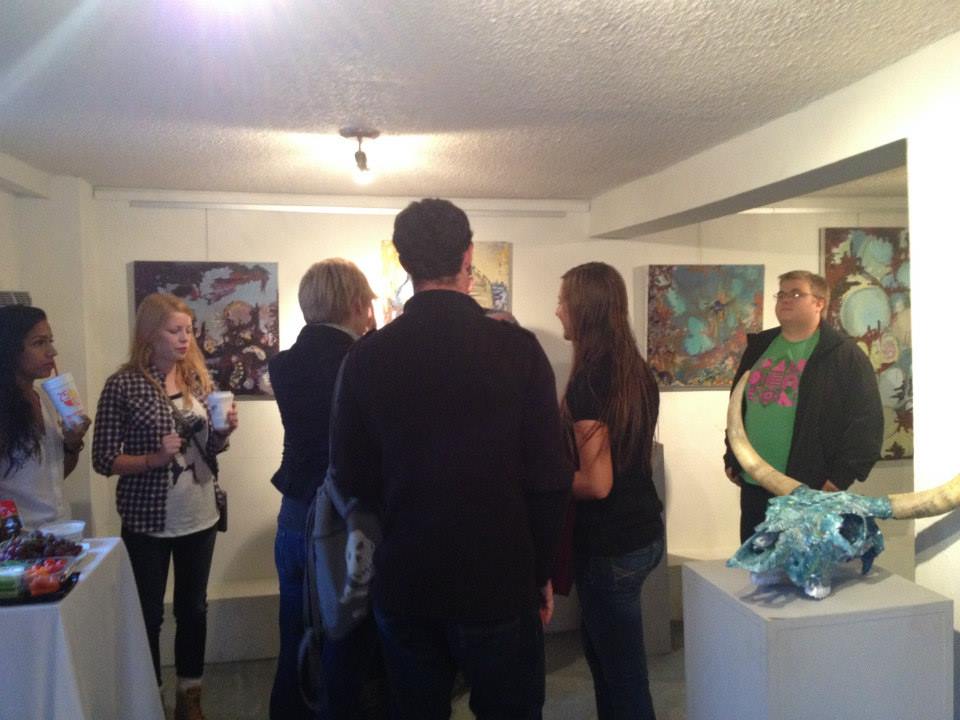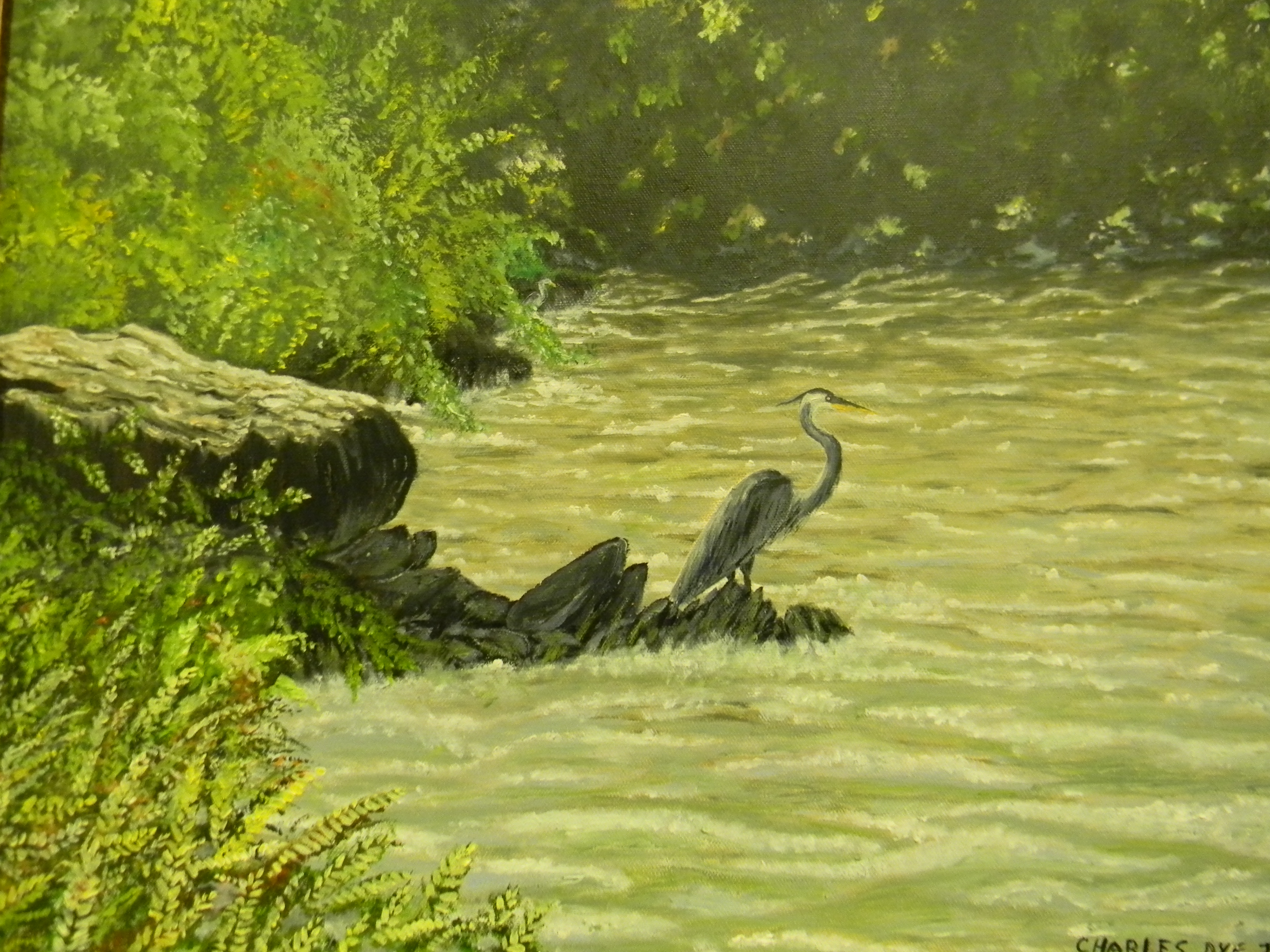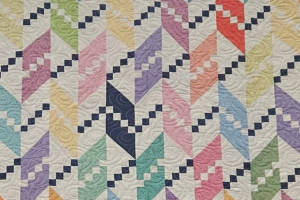The Shed Gallery to celebrate their two year anniversary

INTERVIEW / KODY FORD
The old adage goes, “do what you love, but don’t quit your day job.” Well, for Donna Smith and Angelina Bowen, this seemed like solid advice. Smith works as an adviser for Fine Arts majors at the University of Arkansas while Bowen is a graphic designer at an ad agency. In January 2013, the two artists founded The Shed Gallery. It isn’t actually located in a shed, but rather the Trailside Village, located on Center Street by the bike trail in Fayetteville. The small, alternative space has exhibited work from 20 artists working in the region since it opened.
They will celebrate their two-year anniversary on Jan. 10 from 6-9 pm with a party featuring several artists including the founders. The Idle Class caught up with Smith recently to find out the inside scoop on why the started The Shed and what they have learned along the way.
Idle Class: So how did The Shed come about?
DS: I had a mentor at Rhodes College, Hamlett Dobbins, that opened an art space in the bottom floor of his home called Material. Previously, I thought that art was only present in galleries or museums, but it really inspired me to consider alternative spaces as sites to present work. When I moved to Fayetteville in 2011, I knew Angie through mutual friends and that she was also an artist. While searching for a studio/gallery space the next year, I saw an ad for a unit at Trailside Village and asked Angie if she would be interested in a shared space, part-studio, part-gallery. She awesomely agreed and the rest is history! We officially opened it in January 2013.
What were the early days like at the gallery?
DS: Well, we basically just asked our friends if they’d like to have a show of their work! It really wasn’t until late in 2014 that people began asking if they could have a show there, which has been nice. That space had brown floors and taupe walls, the worst color combination for showing art. So we installed a cable cord hanging system with the help of Henry Bowen, Angie’s Dad and resident handy man, in addition to painting the floor and walls, we even installed new lights.
What are some of the major lessons you’ve learned over the last two years?
DS: I think the greatest lesson for me has been to be flexible and know that the idea of the space can change, it can adapt to what an artist, and ourselves, need it to be. That every artist is different. We knew this, being makers ourselves, but you really don’t realize how important it is to hammer down those little things such as sending in an artist’s statement, letting someone know when you’ll finish installing, etc.
Also, I had never considered selling other works in the space, but Angie had the great idea to start pop-up shops, which has been a really fun and great experience for us too.
Also, we went to a small business consultant and also spoke with officials in the state that know way more about taxes than we do, haha, and how to classify The Shed. I knew just about nothing about that before this started.
What are some of the moments that stand out in your mind?
DS: We’ve had a few artists’ first shows ever in the space, which, for me, is a big deal. As a young artist, you may not always get the opportunity to have a solo show, especially in a large city or space. The fact that Fayetteville has these spaces where an artist can, relatively, do whatever he or she wants, is pretty amazing. For the shows, the crowd is always different. We have a select group of amazing friends and people that always turn up, but for the most part, each show brings a new group, which invites new ideas and feedback to the artist and the gallery itself.
Do you have any advice you’d share with someone who might want to start an art space like The Shed?
DS: There’s a lot, haha, so I apologize. First, and we didn’t start thinking that we would, but don’t think that it will work out financially in any way. People don’t always think about buying art. They think about looking at it and the free wine. It’s true. But, you can be smart about ways to either have little rent costs, supplement rent costs and food costs. We are lucky since Angie is a wizard at all things social media and marketing, so we can have our own advertising.
Secondly, consider where you want to have shows or how you want to present the work. In a beneficial course I took in college called Gallery Management, we visited commercial galleries, museums, peoples’ homes and more “rough” spaces. Each had it’s own feeling and thus, showed very different types of work. If you do decide to have a home gallery or space, you’d better be comfortable with people seeing your laundry around you know?
Also, consider how you want to interact with artists and the kinds of work you want to show. We normally have small group or solo exhibitions. We haven’t had a juried show yet, but you might be into doing that. Or sending out a call for specific kinds of work. The Shed’s style is very laid back as far as giving the artist freedom to show what she or he prefers.
Know good people that will come to the openings and tell you things are great, just because they love you. Be nice to people, invite lots of people to the show. Know laws about alcohol if you’re going to have the general public attend and also, if you plan to serve alcohol. Little things, but important nonetheless! Be flexible and enjoy what you’re doing. If you don’t feel good about the space, the shows, whatever, then change it up. Make it something you enjoy and you’ll have fun while also showing great work. If you’re passionate and can show people you care about it, others will too.
Lastly, if you can, always job shadow, intern, or talk with people that are doing this already. They will probably be more than happy to discuss question with you and have valuable insight.
VISIT: ARTATTHESHED.COM





Comments